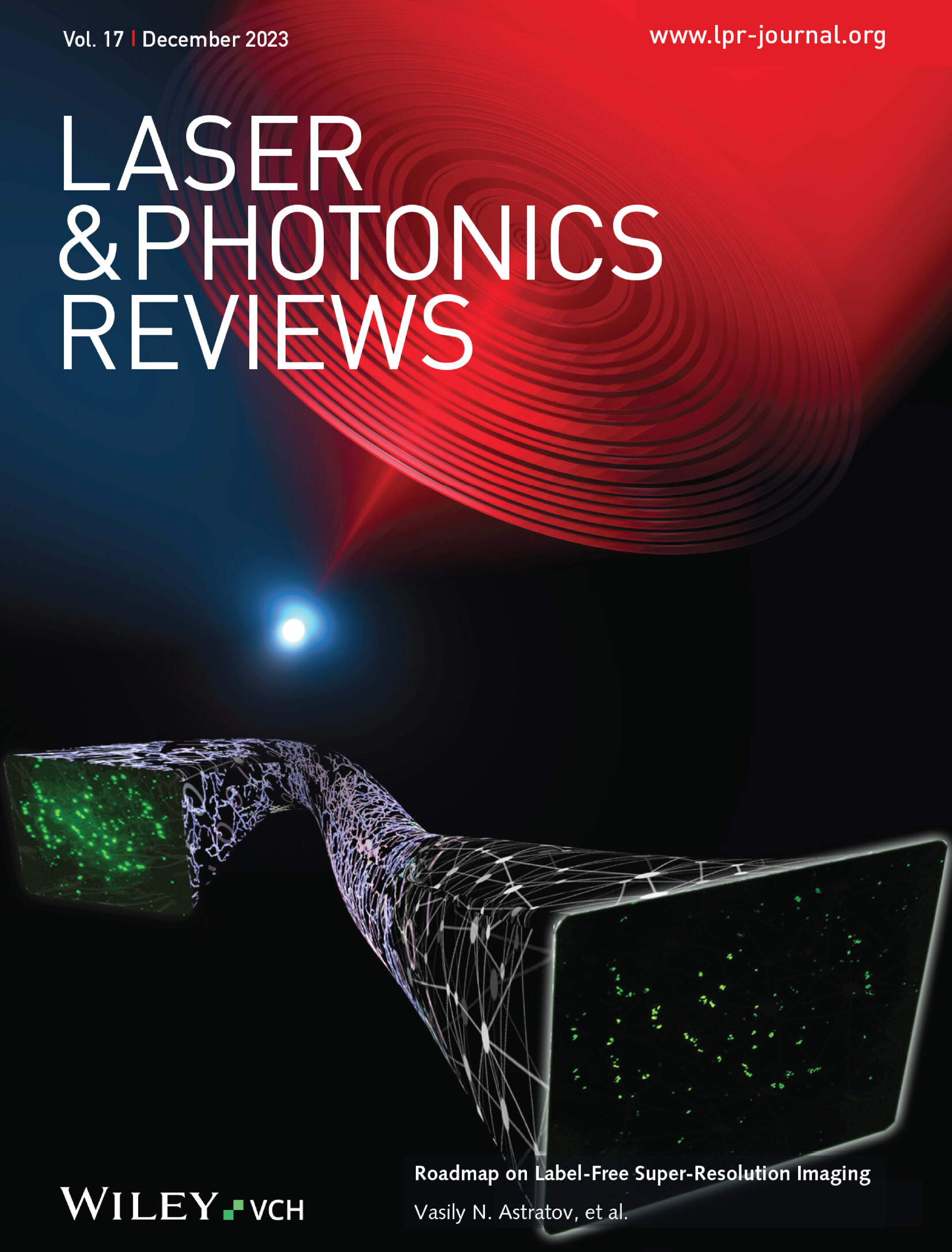Reconfigurable MEMS-based Perfect Meta-absorber with Ultrahigh-Q and Angle-dependent Characteristics for Sensing Applications
IF 9.8
1区 物理与天体物理
Q1 OPTICS
引用次数: 0
Abstract
We present two designs of perfect meta-absorbers (PMAs) utilizing metallic plasmonic grating, and they have resonances with ultranarrow bandwidth in the order of nanometers and great surface electric field enhancement through the coupling resonance of surface plasmon polaritons (SPPs) and grating surface waves. Notably, the grating-coupled plasmonic resonance demonstrates pronounced incident angle dependence and ambient refractive index sensitiveness. Meanwhile, its dependencies are almost linearly controlled. PMA with metal-metal grating (MMG) structure has period-dependent angular sensitivity and shows a refractive index sensitivity of 4.0039 µm/RIU that maximum figure of merit (FOM) value is 2300 RIU−1 under normal incident light. The sensitivities are 3.6514 µm/RIU and 4.3486 µm/RIU and FOM values are 2783 RIU−1 and 3941 RIU−1 for two different resonances under oblique incidence of 5°. Another design of PMA with metal-insulator-metal grating (MIMG) structure has both grating-coupled SPP and localized surface plasmon (LSP) modes, and it can achieve single-frequency resonance scanning in the spectral region from wavelengths of 3 µm to 5 µm by changing the incident angle or ambient refractive index. Finally, a reconfigurable PMA achieves the active regulation of the irradiation angle and can simultaneously realize the functions of tuning, angular sensing and refractive index sensing and so on.

求助全文
约1分钟内获得全文
求助全文
来源期刊
CiteScore
14.20
自引率
5.50%
发文量
314
审稿时长
2 months
期刊介绍:
Laser & Photonics Reviews is a reputable journal that publishes high-quality Reviews, original Research Articles, and Perspectives in the field of photonics and optics. It covers both theoretical and experimental aspects, including recent groundbreaking research, specific advancements, and innovative applications.
As evidence of its impact and recognition, Laser & Photonics Reviews boasts a remarkable 2022 Impact Factor of 11.0, according to the Journal Citation Reports from Clarivate Analytics (2023). Moreover, it holds impressive rankings in the InCites Journal Citation Reports: in 2021, it was ranked 6th out of 101 in the field of Optics, 15th out of 161 in Applied Physics, and 12th out of 69 in Condensed Matter Physics.
The journal uses the ISSN numbers 1863-8880 for print and 1863-8899 for online publications.

 求助内容:
求助内容: 应助结果提醒方式:
应助结果提醒方式:


